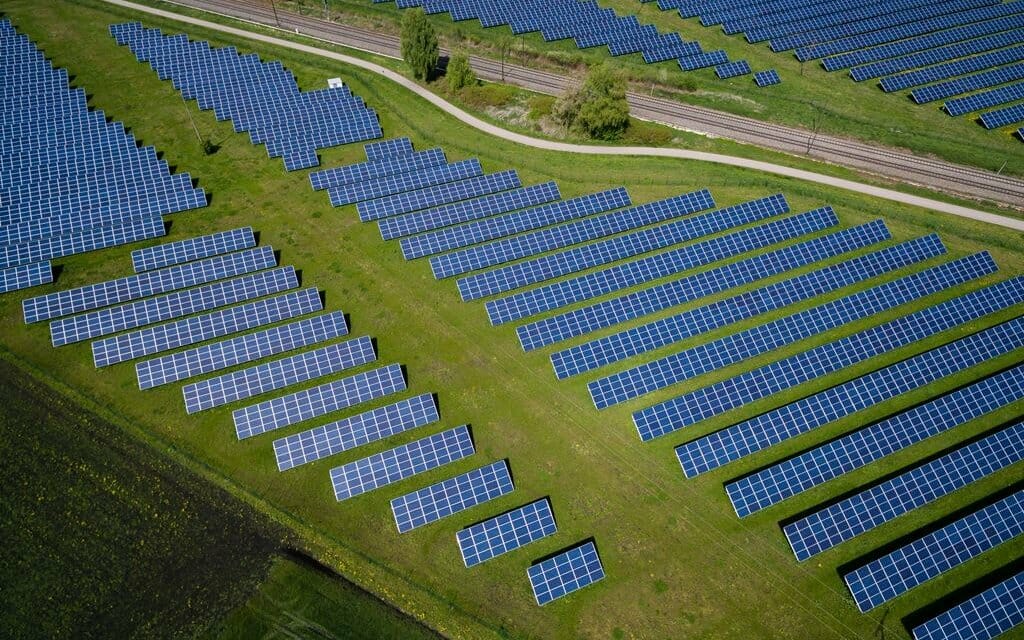
Powering the Future: Exploring the Applications of ESS Batteries in the Renewable Energy Sector

Renewable energy sources such as solar and wind power have become increasingly popular in recent years due to their environmental benefits and potential to reduce dependence on fossil fuels. However, renewable energy sources are inherently intermittent, meaning that their energy output varies depending on weather conditions and other factors. As a result, energy storage systems are necessary to ensure a steady supply of energy. Enter Energy Storage Systems (ESS) batteries, which have emerged as a crucial component of the renewable energy infrastructure. In this article, we will explore the various applications of ESS batteries in the renewable energy sector, including solar and wind farms, microgrids, and off-grid renewable energy systems.
Applications of ESS Batteries in Solar Farms
Solar farms are large-scale facilities that generate electricity using photovoltaic (PV) panels. However, solar energy production is intermittent, and excess energy generated during peak production periods is often wasted. ESS batteries can help store excess energy generated by solar panels during peak production periods and release that energy when needed, ensuring a steady supply of electricity. This also helps to maximize the use of solar energy, which is critical in reducing dependence on non-renewable energy sources.
Additionally, ESS batteries can be used to regulate the output of solar farms, smoothing out the peaks and valleys in energy production caused by variations in weather conditions. This improves the efficiency of the solar farm and reduces the strain on the power grid, making it more reliable.
Applications of ESS Batteries in Wind Farms
Wind farms generate electricity using large turbines that harness wind energy. Like solar farms, wind farms are subject to weather conditions that can impact their energy output. Wind power generation can also be unpredictable and intermittent, with wind speeds varying throughout the day and seasonally. ESS batteries can be used to store excess energy generated during peak wind production periods, allowing for a steady supply of electricity during periods of low wind speeds.
Furthermore, ESS batteries can be used to balance the energy output of wind farms, ensuring that the power generated by the turbines is consistent and predictable. This makes wind energy more reliable and easier to integrate into the power grid.
Applications of ESS Batteries in Microgrids
Microgrids are self-contained energy systems that can operate independently of the main power grid. They are typically used in remote areas or in areas with unreliable power grids. ESS batteries play a critical role in microgrids by providing backup power and storing excess energy generated by renewable energy sources.
ESS batteries can help improve the efficiency and reliability of microgrids by balancing the energy output of renewable energy sources and ensuring a steady supply of electricity. They also provide backup power during power outages or other disruptions to the power grid, ensuring that critical infrastructure such as hospitals, schools, and emergency services can continue to function.
Applications of ESS Batteries in Off-Grid Renewable Energy Systems
Off-grid renewable energy systems are used in areas without access to the power grid. These systems typically include solar panels, wind turbines, or other renewable energy sources, as well as batteries for energy storage. ESS batteries can play a critical role in these systems by providing more efficient and reliable energy storage.
Unlike traditional lead-acid batteries, which are commonly used in off-grid renewable energy systems, ESS batteries have a longer lifespan and can be charged and discharged more quickly. This makes them more efficient and reliable, ensuring a steady supply of electricity for homes and businesses in remote areas.
Future Developments and Trends in ESS Battery Applications in the Renewable Energy Sector
The field of ESS battery technology is rapidly evolving, with emerging technologies set to revolutionize the industry in the coming years. Solid-state batteries, which use solid materials instead of liquid or gel electrolytes, have the potential to increase the safety and longevity of ESS batteries. Additionally, advancements in artificial intelligence (AI) and machine learning are enabling more sophisticated energy management systems that can optimize the use of ESS batteries in renewable energy systems.
Another trend in the renewable energy sector is the integration of ESS batteries with electric vehicle (EV) charging stations. This integration allows EVs to be charged using renewable energy sources, further reducing dependence on non-renewable energy sources.
Conclusion
In conclusion, the applications of ESS batteries in the renewable energy sector are critical for ensuring a sustainable energy future. From solar and wind farms to microgrids and off-grid renewable energy systems, ESS batteries are vital for storing excess energy generated by renewable sources and releasing it when needed. This helps to maximize the use of renewable energy and reduce dependence on non-renewable energy sources.
In addition to the current applications, future developments in ESS battery technology are set to revolutionize the industry. Solid-state batteries, AI, and machine learning are just a few of the emerging technologies that will transform the ESS battery market. Solid-state batteries, in particular, are poised to increase the safety and longevity of ESS batteries, making them even more efficient and reliable.
Furthermore, the integration of ESS batteries with EV charging stations is a growing trend that promises to further reduce dependence on non-renewable energy sources. As the demand for EVs continues to increase, the integration of ESS batteries with charging stations will become even more important.
Overall, the applications of ESS batteries in the renewable energy sector are crucial for reducing carbon emissions and transitioning to a more sustainable energy future. With continued advancements in ESS battery technology, we can expect to see even more innovative applications of ESS batteries in the years to come, making renewable energy more reliable and accessible for all.

























